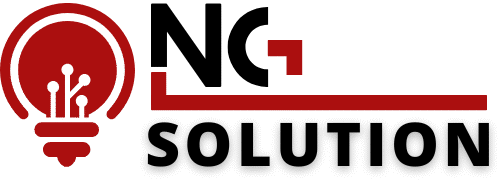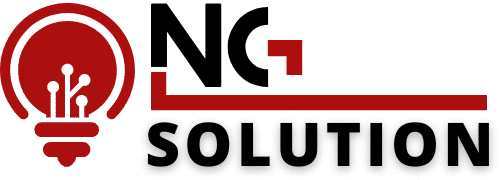Blockchain technology has transitioned from a niche financial experiment to a crucial infrastructure across various industries, including finance and healthcare. As enterprises demand scalable and interoperable solutions, Cardano (ADA) faces strong competition from platforms that blend academic rigor with practical execution. This analysis highlights three blockchain projects—Solana (SOL), Polygon (MATIC), and Hedera (HBAR)—that are surpassing Cardano in terms of scalability, enterprise adoption, and institutional support, positioning them as high-growth alternatives for 2025.
Solana stands out with its hybrid proof-of-stake/proof-of-history consensus, achieving 400ms block times and 65,000 transactions per second. This scalability has fueled a thriving DeFi and NFT ecosystem, with significant institutional investments and integrations from major platforms like Coinbase and FTX. Solana’s developer incentives and low transaction fees further enhance its appeal.
Polygon has evolved into a multi-chain system, offering near-instant and cost-effective transactions while maintaining Ethereum’s security. Its enterprise partnerships, including collaborations with Google Cloud and IBM, have integrated Polygon into supply chain and digital identity solutions. The platform’s institutional validation is reinforced by partnerships with JPMorgan and Visa, as well as Meta’s metaverse initiatives.
Hedera, with its energy-efficient hashgraph consensus, offers superior speed and security, attracting a consortium of Fortune 500 companies. Its enterprise-grade applications span supply chain, digital identity, and tokenized assets, with significant partnerships like the U.S. Department of Defense. Hedera’s infrastructure and staking rewards have drawn substantial institutional capital.
As blockchain converges with AI and IoT, these projects are unlocking new value, automating processes, and enhancing privacy. Investors should focus on scalable architectures, strong enterprise partnerships, and real-world utility to capitalize on the potential high returns by 2025.


